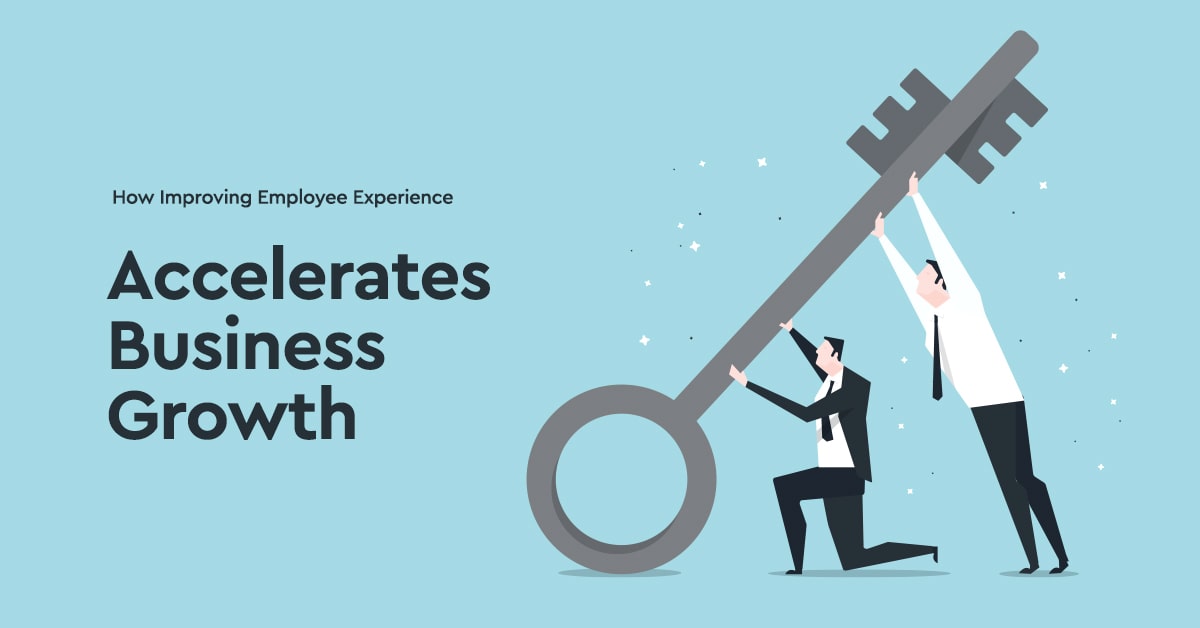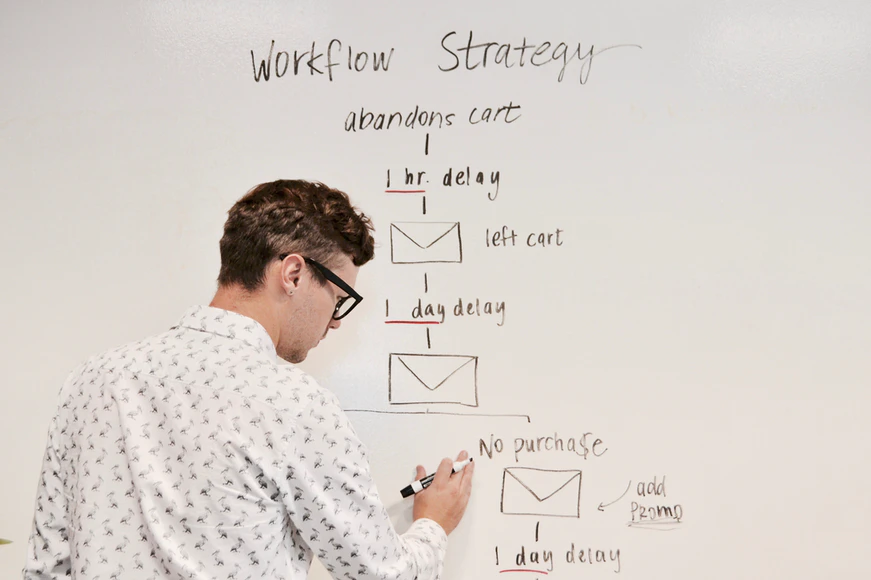How Improving Employee Experience Accelerates Business Growth

Companies shouldn’t focus on customer satisfaction alone but should start prioritizing employee satisfaction too, says a study. Doing this results in revenue growth almost twice as fast as those that only focus on one or the other.
Improving employee experience (EX) is one of the most overlooked business priorities. Most often companies focus on customers first at the expense of employees.
But it turns out that companies ought to begin enhancing EX so they can provide a valuable customer experience (CX). And 70% of executives agree to this, according to a report.
Aside from fast revenue growth, the EX to CX plan is said to deliver a number of benefits. Among them are:
- Stronger customer loyalty
- Stronger employee loyalty
- A less culturally and technologically resistive workforce
- Closer alignment with organizational goals
- Better employee engagement, innovation, and collaboration
Happy employees = Happy customers
It’s a widely known fact that grumpy employees can lead to a bad customer experience, which might discourage the customer from doing repeat business.

Conversely, happy employees can spread positivity to their customers. This translates to better engagement and experience for customers. As a result, customers are more likely to make repeat purchases in the future.
How to Improve Employee Experience
Making employees happy starts with providing company resources, training, and processes that help them become one. And it all starts with:
1. Listen to employees
Especially when they’re the ones in direct contact with customers, employees can provide valuable feedback as to how to improve the way they deal with customers.

Some customers have special requirements and it may become difficult for employees to address these requirements without sufficient resources, technology, training, and guidelines to follow.
Understanding customer needs and expectations through employee feedback is the most important step to improving both EX and CX.
2. Provide a process

Once you’ve understood the challenges employees face and go through every day when facing customers, it’s important to simplify their tasks by providing a process or guideline for them to follow.
A process is what instructs them what to do next when facing a scenario. For example, if a customer is dissatisfied with the product— should the employee offer a refund or provide a replacement?
The process you’ll provide should empower employees to take charge when dealing with stressful situations. When employees can make quick decisions, they can swiftly address customer needs, thereby improving the customer experience at the end of the day.
3. Prioritize EX at an executive level
Including employee experience in the priority vis-a-vis customer experience would dramatically transform the way companies treat employees.
Prioritizing EX at an executive level ensures that all company policies are aligned with employees’ welfare and that their experiences are taken into account first, so they can perform better and provide a positive experience to customers.
Metrics such as workplace satisfaction and retention rates should be monitored and placed at the same level as customer satisfaction and revenues.
4. Provide personal and career development opportunities
A study of 6,000 workers found that managers play a key role in employee satisfaction and retention. Managers that help employees solve work-related issues and consistently acknowledge employees for doing good work contribute a significant part in improving employee experience and satisfaction.
To develop more managers like this, investing in personal and career development opportunities for key employees is needed. This equips them with the knowledge and skills required to lead and motivate employees in the company.
5. Invest in technology
Technologies are the cornerstone of business transformation. And they have been proven to radically enhance employee experience.
For example, providing sales and marketing teams a CRM software would let them ditch pen and paper as they can gather customer information in just a few clicks.

These software also eliminates the manual tasks needed to be performed to engage customers, such as sending emails based on schedule or upon certain conditions, since CRMs can do these automatically.
These technologies allow employees to get a deeper understanding of their customers. As a consequence, this would change the way they interact and engage these customers for the better.
Learn more
Need to know more about CRM software and how they can improve the employee experience? Click here to get started.
Curious how digital ecosystems can help improve your business?
Check out how digital ecosystems can boost your company performance by getting started here.
Book a Demo